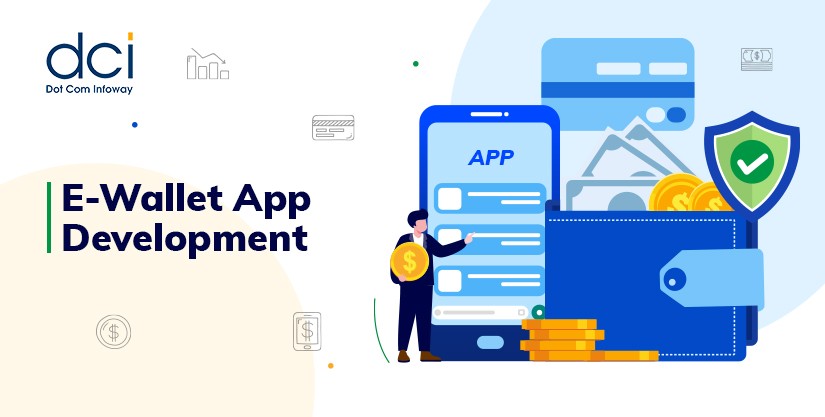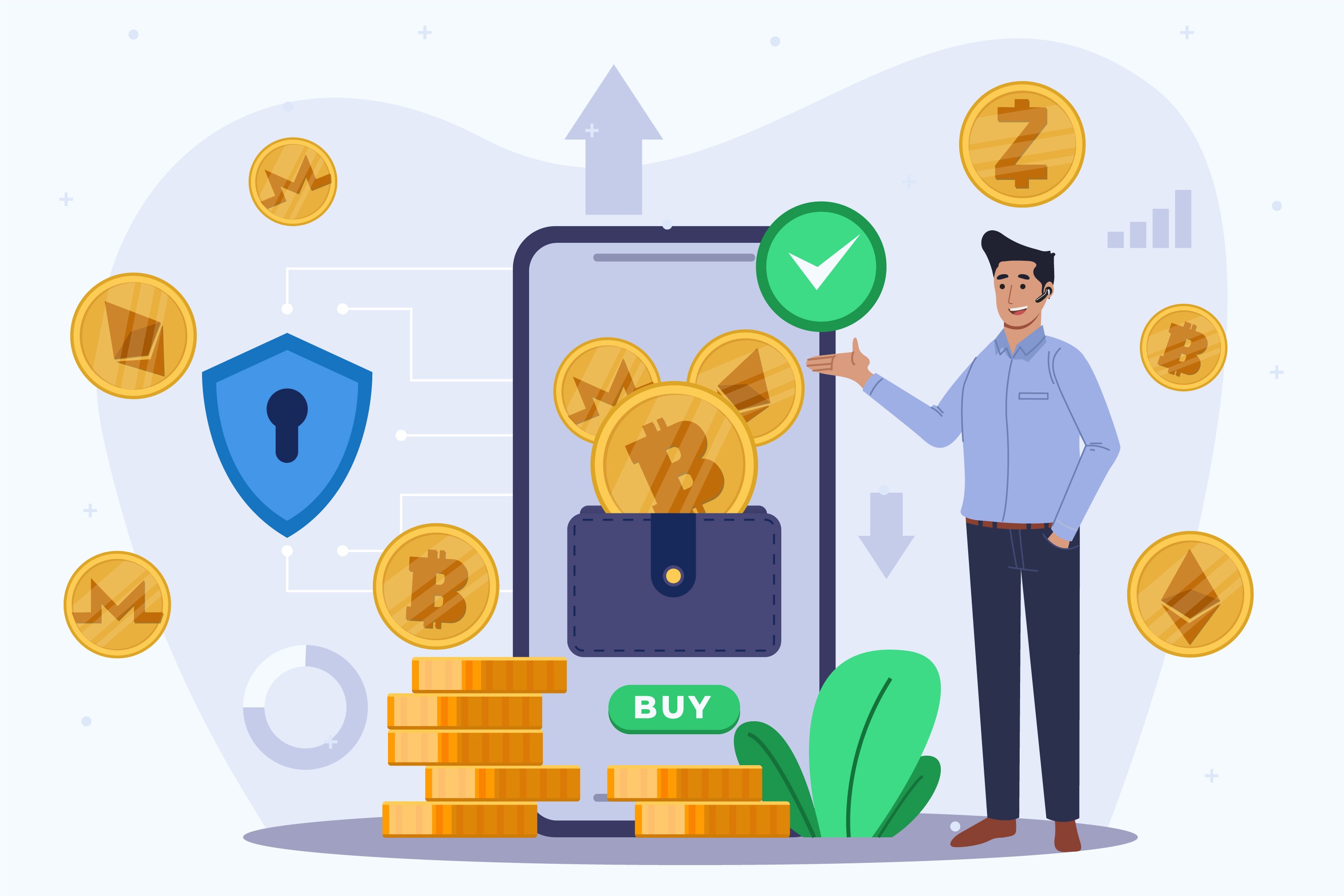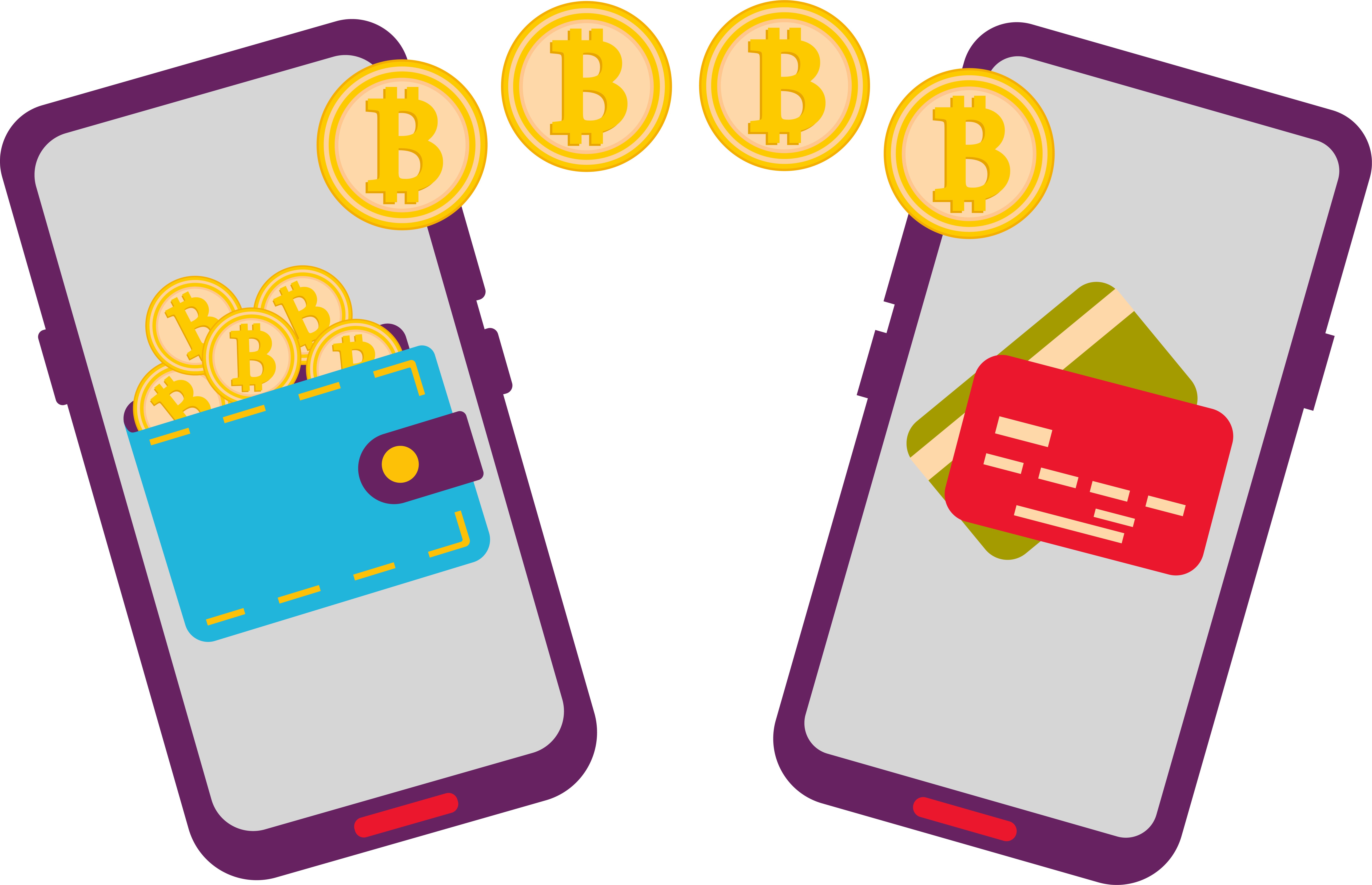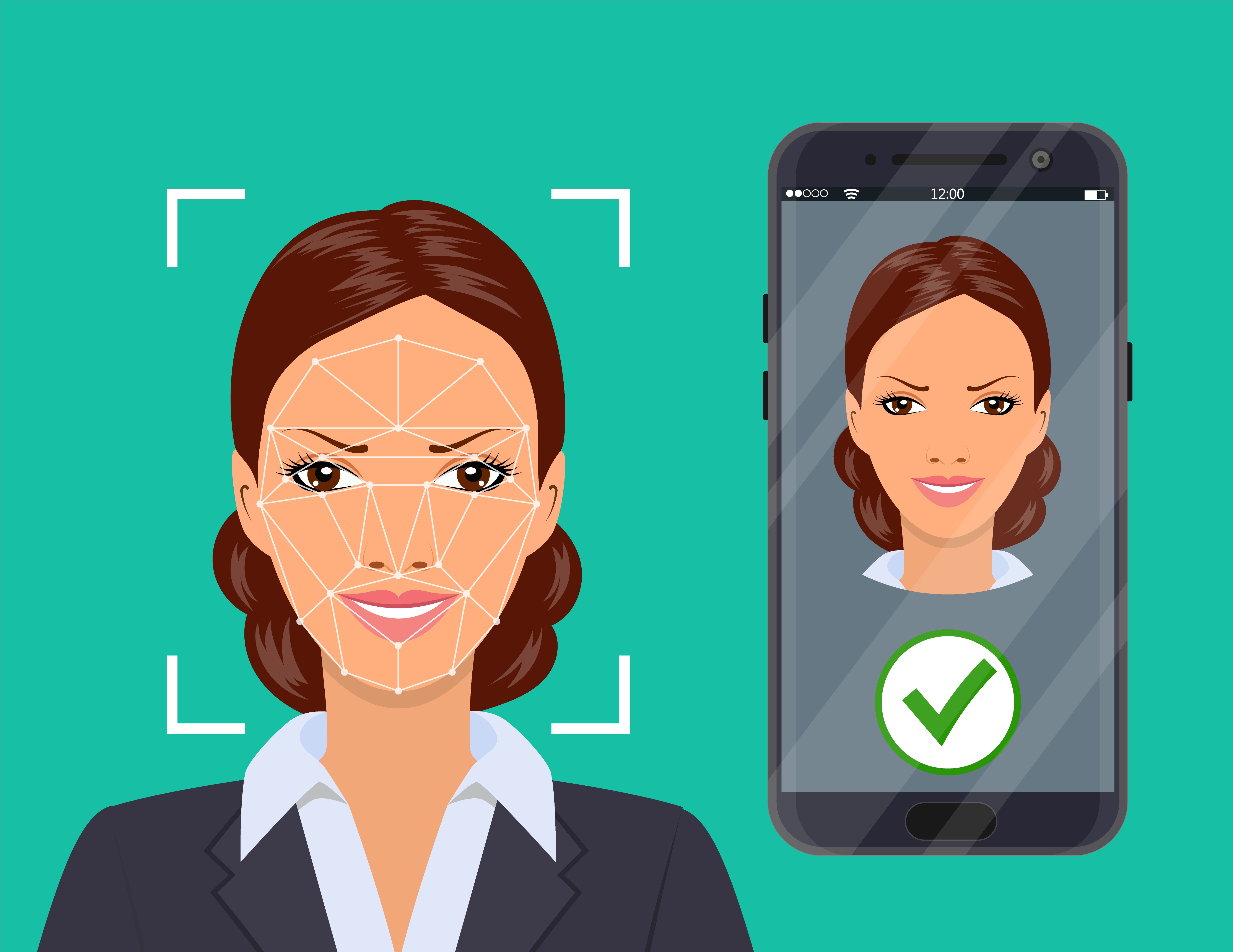eWallet App Development: In-Depth Guide (Types, Process & Features)
Mobile payments are slowly becoming the preferred mode of transaction by people worldwide. This fact could not be underscored more by the fact that users relying on it will reach more than 1 billion come 2023. This is why if you’re considering going into eWallet app development, know that there’s no better time than now to get into the industry.
Naturally, before you choose a mobile app development agency to work with, you should take the time to orient yourself first about the basics of a digital wallet and the typical development process involved. We’ve come up with this comprehensive guide to do just that, so we highly recommend that you take the time to read it.

What Is a Digital Wallet?
Nowadays, a digital wallet is almost synonymous with a mobile wallet. As its name suggests, it mainly functions as a payment medium that can be used by both individuals and businesses to transact digitally.
Much like any innovation, it’s built with convenience in mind. You can use it to universally pay for all the products and services you avail of online. Most of this benefit hinges on the wallet’s ability to support various payment modes, to the point that they can virtually use their smartphones to pay for anything.
Why Are Digital Wallets All the Rage Nowadays?
Popular apps like GPay and Paypal, according to statistics, enjoy a continuously growing user base with Paypal having close to 400 million active users in 2021 as opposed to GPay’s 100 million. Why is this the case? Well, besides the evident convenience mentioned above, there are other aspects of a digital pay wallet that make it all the more attractive for people and enterprises.
- Often, it noticeably focuses on keeping transactions as secure as possible. There are numerous types of digital wallets that shine in this specific factor, and we’ll be discussing them below.
- It’s also a rich source of invaluable data regarding customer behavior, which businesses can use to better serve their needs, improve customer support, and enhance their messaging.
Simply put, this combination of perks has no equal with regards to available alternatives. The most popular digital wallets have established themselves in the daily lives of their users and could very well become the norm in the future.
Types of E-Wallet Apps
Most eWallet app development revolves around the creation of these types of digital wallets because of their ability to fulfill specialized requirements and overcome various challenges when transacting electronically.
-
Closed Wallet
These wallets are typically issued by a specific platform or business with the intention of making it the sole way for its end-users to transact with them. This provides convenience to both the business and the individual as it’s easier to keep track of and act on returns, refunds, and cancellations.
Examples: Amazon Pay and Ola Money
-
Semi-closed Wallet
Not as popular as the others on this list because of its inherent restrictions, this variety of mobile wallets is slightly similar to closed wallets. They offer the unique benefit of offering support for a group of merchants operating in a given location. You can use these wallets to transact with all of them, usually either offline or online.
Examples: Citrus, Oxygen, and Paytm Wallet
-
Open Wallet
This type removes most of the restrictions mentioned in a closed or semi-closed wallet. They’re commonly used by and partnered with banks, and users can rely on them for various transactions such as sending and withdrawing funds, minus any kind of limitation akin to closed and semi-closed digital wallets.
Examples: PayPal and Google Wallet
-
Cryptocurrency Wallet

Examples: Coinbase, Exodus, and Electrum
-
IoT Wallet
These are mostly just wallets used to accommodate IoT payments. Pay-as-you-go payment systems are prime examples of how this technology is being put to good use.
Examples: Bitcoin
-
AI-Powered Wallet
Digital wallets that harness the innovative capabilities of AI fall under this category. For instance, some wallets come with their own chatbots to help users ease up the way they pay or resolve any issues related to a particular transaction. It’s relatively more secure, too, since AI-based wallets can prevent fraudulent transactions.
Examples: Puut Wallet
-
Biometric Wallet
Another wallet that prioritizes secure transactions, a biometric wallet makes good use of biometric authorization strategies like facial and fingerprint recognition to minimize fraud.
Examples: Apple Pay and Samsung Pay
-
NFT-based Wallet
As their name readily suggests, these wallets are intended to store and transact NFTs with. Normally, they overlap with cryptocurrency wallets since you can also use them for cryptocurrencies.
Examples: MetaMask, Trust Wallet, and Math Wallet

Want to develop a digital payment app like PayPal?
With two decades of experience, We develop a fully protected & high-quality digital wallet app with enriched features that helps you to achieve your business goal. Get customized eWallet app development services from industry experts.
Applications of Digital Wallet Apps
Besides allowing users to pay with their smartphones, these wallets can also be utilized for the dispensation, use, and storage of digital coupons. Of course, there are also data perks we mentioned above.
At present, we are seeing robust applications of digital wallet apps in the e-commerce and fintech industries because of these never-before-seen advantages. These are all the more supported by these stats.
- The e-wallet industry is projected to be a $2 trillion industry come 2023.
- In 2020, close to 50% of global e-commerce transactions were done with the help of digital wallets.
- Over 65% of Americans prefer to use a digital payment app for most of their transactions.
- The pandemic also primarily affected people’s behaviors with regards to their payment mode preference. This could not be more apparent in the fact that digital wallets became the second most popular payment method since the COVID-19 pandemic started.
Integral Factors to Consider in Digital Payment App Development
Now that you are properly introduced to the state of the mobile wallet industry at present, it’s now time to discuss the essential steps and elements in e-wallet app development. Before you start, though, you should already be aware of the total e-wallet mobile app development cost.
-
UI/UX
Mobile wallets are generally known for their user-friendly interfaces, which allow users to enjoy smooth and easy transactions and managing of funds. UX design should be discussed during the initial discovery phase.
Naturally, it should be tailored to make the user’s journey through the app as convenient and helpful as possible.
-
Development
In this stage, the major features such as registration and sign-in, the dashboard where users can manage their finances, integration of chatbots, the inclusion of different payment processors, giving access to any kind of discount scheme or loyalty program you may be considering, among other extra features.
On the whole, development involves the integration of the features that were discussed during the discovery phase. The minimal viable product or MVP becomes the final result of the development phase.
-
Testing
Testing and development often go hand-in-hand. This includes any other tweaks you perform on the app to further improve its features.
-
Launch & Maintenance
Launching your app and keeping on top of feedback and future improvements should be your next priority after you’ve created a full-fledged digital wallet app. This includes paying attention to analytics, the inclusion of new features, improvements of present features and customer experience, boosting engagement by enhancing loyalty schemes, providing customer support, and releasing version updates.
Essential Features of a Mobile Wallet App
The must-have features during digital wallet app development can be broken down into the following:
- Registration and user authorization
- Profile creation
- Debit card, credit card, and bank account integration and synchronization
- GPS tracking
- e-Receipts
- Push notifications
- Analytics tools and reports
How Does an E-Wallet Aid in Boosting Businesses’ Revenue?
Profitability from wallet integration services takes advantage of its inherent benefits, which plenty of consumers worldwide find appealing. They’re not only more convenient and safer, but they can even be more economical for everyone as well because of lower service fees. Some may even remove these fees altogether.
Naturally, any enterprise that offers a better alternative will enjoy more patronage.
Conclusion
We hope that this e-wallet app development guide helped answer most of the basic questions you have about it. At best, the technology as a whole is showing a lot of promise because of its growing number of users and developers. Of course, it’s best to work with tried-and-tested cryptocurrency wallet development services if you want to bring your ideal mobile wallet to life.


















